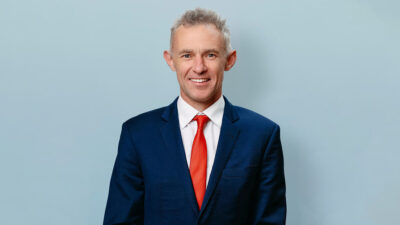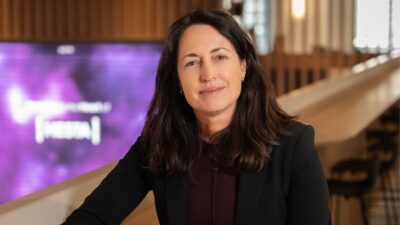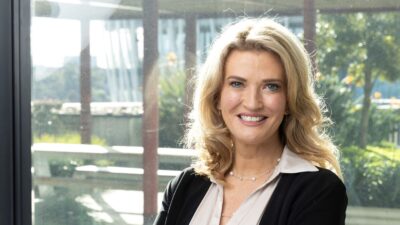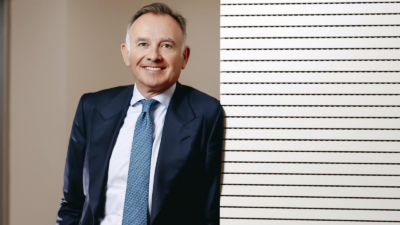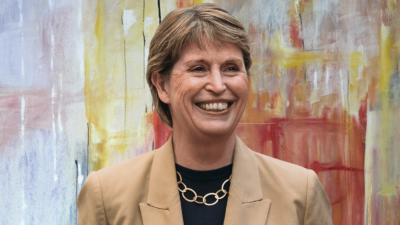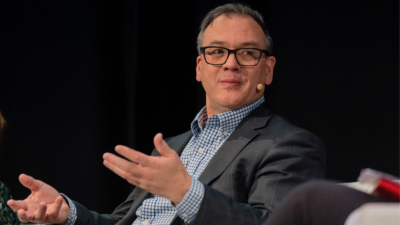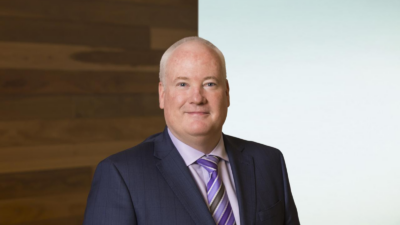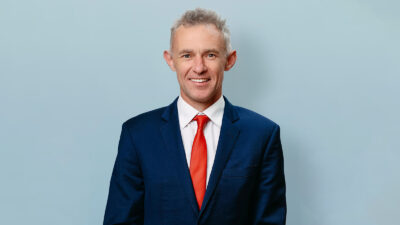-
Sort By
-
Newest
-
Newest
-
Oldest
One of Australia’s last corporate superannuation funds will merge with Australian Retirement Trust following years of pandemic disruption and regulatory change that stymied efforts to grow its member base.
Super funds love to crow about their performance, but the headlines about ART’s double-digit return obscure what will be a massive shift for its millions-strong member base.
Markets now move a lot faster than they did during the GFC, while expected and unexpected threats to them are emerging more often and in combination. How should super funds respond?
Australian Retirement Trust (ART) is getting bigger and more complex. To make sure that doesn’t turn into a big, complex problem, the fund has found itself a new head of investment resilience and is thinking hard about what’s really driving returns in a post-Covid world.
After announcing his departure from the role, Australian Retirement Trust chief Bernard Reilly tells ISN why the fund “hasn’t missed a beat” since the merger that created it and how the arrival of the megafunds heralds a new era of “co-opetition” in the super industry.
Size, internalisation and globalisation are now front of mind for every large fund in Australia – but every fund approaches them differently, and there’s little agreement on the benefits of the new offshore push.
Valuations are never going to be “perfect”, but that doesn’t mean super funds shouldn’t be working harder to make them more accurate – and more intelligible to the people who really matter.
The megafund is expanding its sustainable investment team as it adopts a new climate change strategy and fields increased interest in its approach from new corners.
Australia’s second-largest super fund just got a little bit larger with a big win from the corporate fund strategy one of its predecessor funds embarked on almost six years ago.
Riding the equity market rally and significant diversification in its alternatives portfolio has delivered Australian Retirement Trust a 10 per cent return as it keeps both eyes on the end of the rate cycle.


